The domestic cat, known for its endearing purrs and agile antics, shares a fascinating ancestry that dates back thousands of years. While today’s feline companions enjoy the comforts of home, their ancestors were skilled hunters whose techniques have evolved over time. The transition from wild to domestic has subtly woven into their behavior, influencing how they hunt even in today’s urban landscapes.
From Wild Ancestry to Domestication
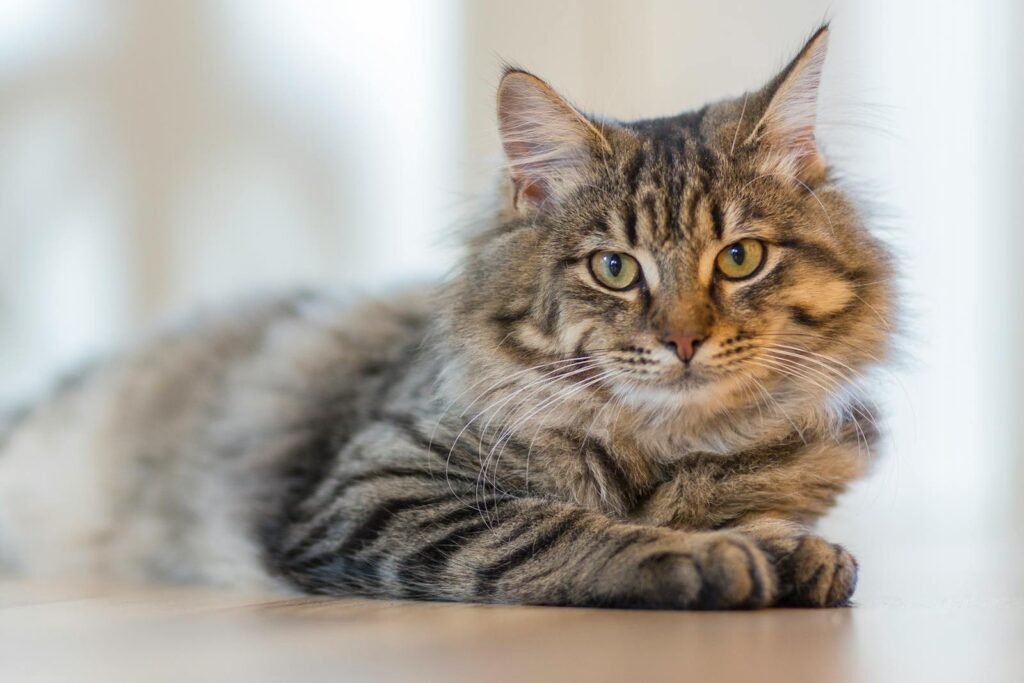
Before cats were companions, they were wild predators, emerging about 10 million years ago. Originally, they were solitary hunters, adept at surviving in diverse habitats, from dense forests to open savannas. Their basic hunting skills, such as stealth, patience, and precise timing, developed to catch various prey, ensuring their survival. These skills have been inherited by modern domestic cats, albeit slightly modified by domestication.
The Art of Stealth
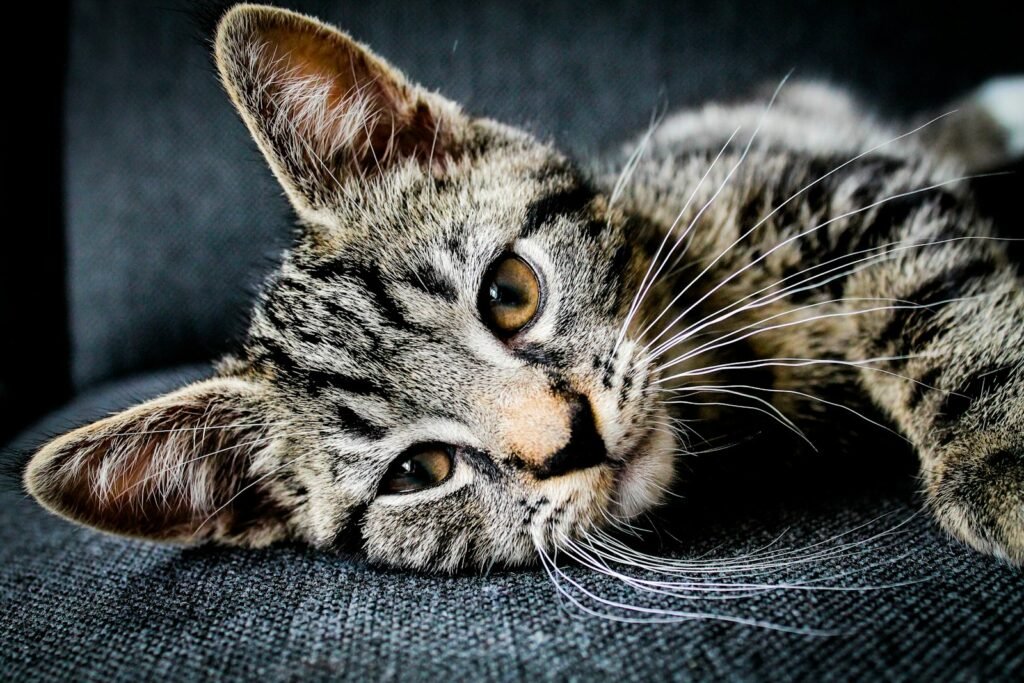
Cats are known for their ability to stalk prey silently. This technique involves a slow, deliberate approach, where each step is calculated to avoid detection by the prey. Their padded paws aid in this stealth, allowing them to creep quietly. Despite living indoors, domestic cats often display this behavior in play, stalking toys or even the unsuspecting feet of their owners.
Keen Eyesight
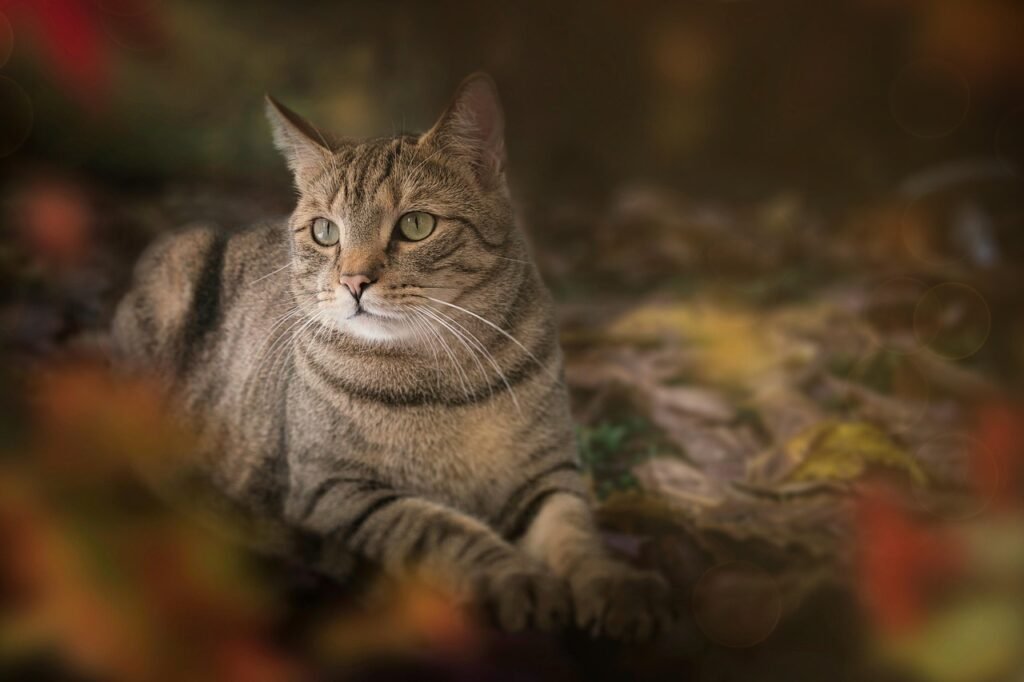
Felines possess extraordinary night vision, a trait that ancestrally allowed them to hunt under the cover of darkness. Their large corneas and pupils enable them to capture more light, an adaptation that remains in their genetic makeup today. Indoor cats often demonstrate this by being more active at dawn and dusk, natural times for hunting.
Perfect Pouncing
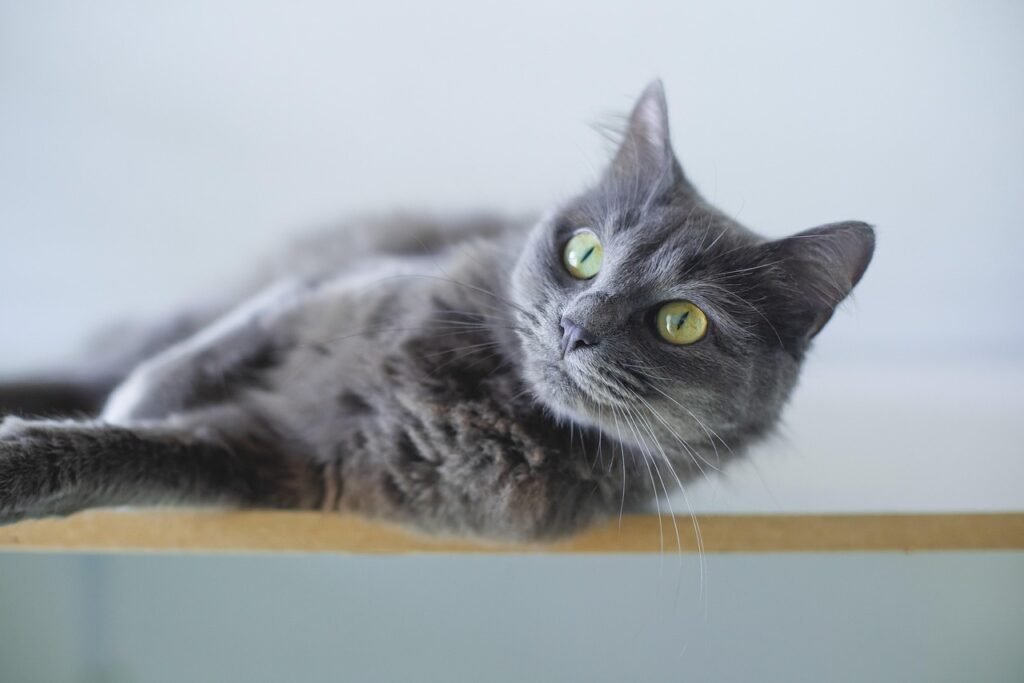
Their lithe bodies and powerful hind legs make cats excellent jumpers and pouncers. Ancient wild cats relied on this to ambush and capture prey efficiently. Domestic kittens mimic this behavior, perfecting their pouncing on toys or during playful skirmishes with their siblings.
Reflexes and Agility
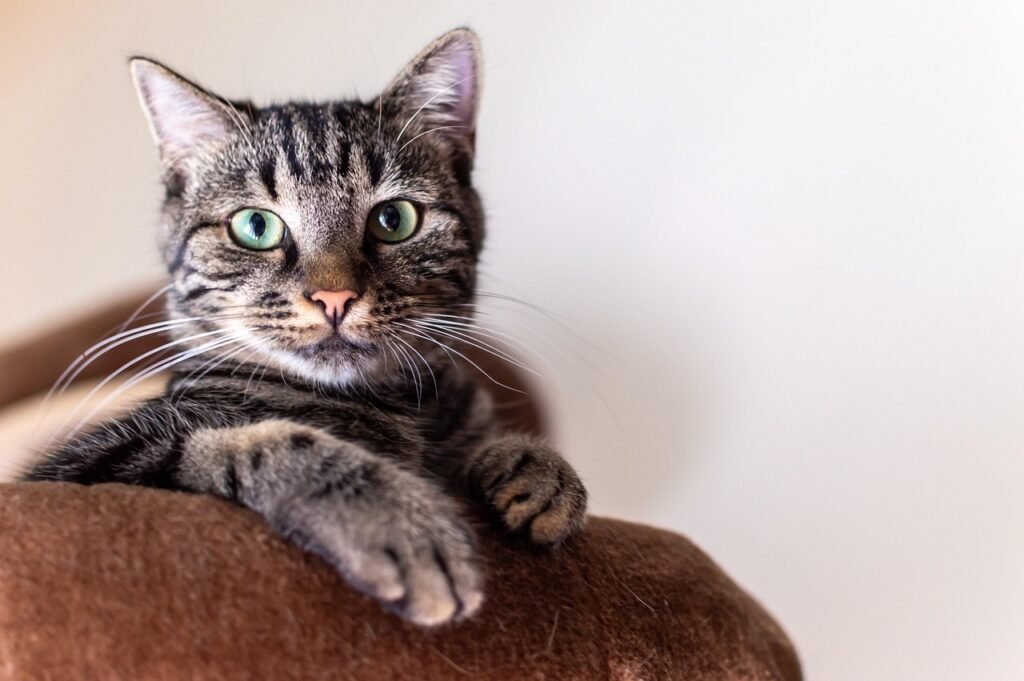
Cats are quick and nimble, a necessity for catching agile prey such as birds or rodents in the wild. This proficiency is still evident indoors, where domestic cats can leap gracefully onto high surfaces or chase after fast-moving objects with remarkable speed.
Sensitivity to Movement
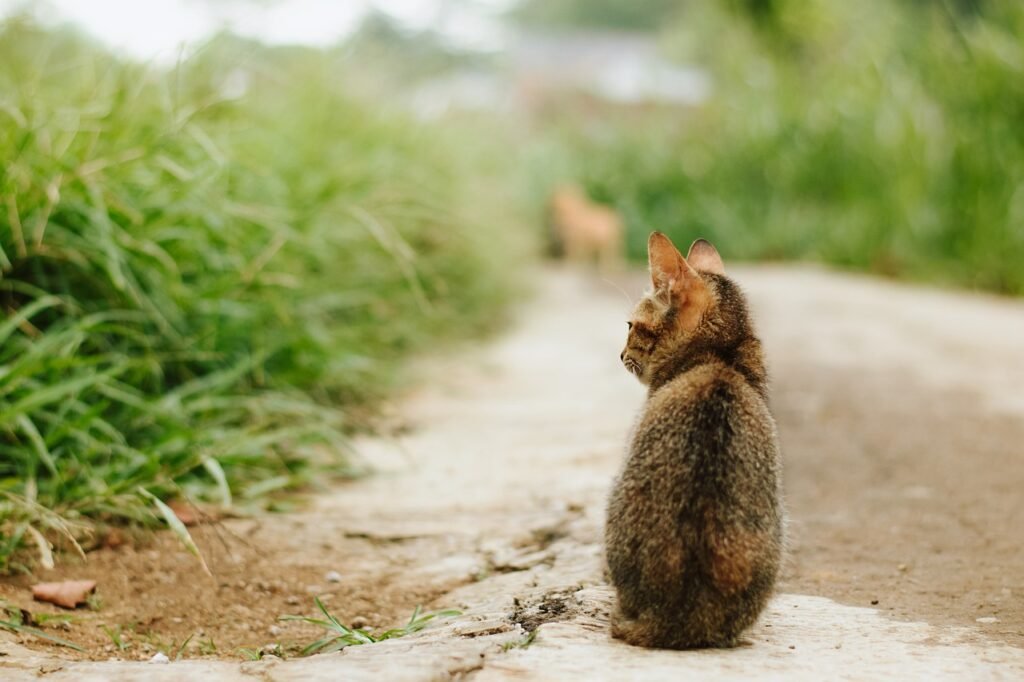
Felines detect minute movements with incredible accuracy, an inherited trait from their carnivorous ancestors who hunted by sight and sound. This keen sense makes even the slightest rustle irresistible, prompting play or, in the wild, the capture of unsuspecting prey.
The Role of Whiskers
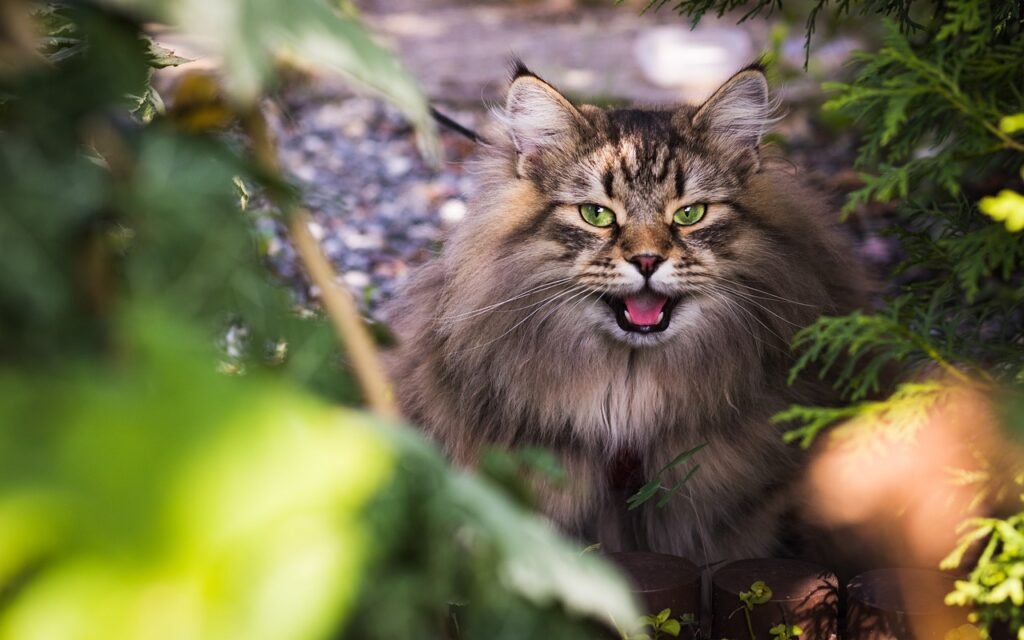
Whiskers not only grant cats a distinguished look but are vital sensory tools used in hunting. They can detect vibrations and measure gaps, assisting with navigating in the dark or determining the reach of their prey—a feature domestic cats retain, often observed when they’re curious about new or narrow spaces.
The Influence of Domestication
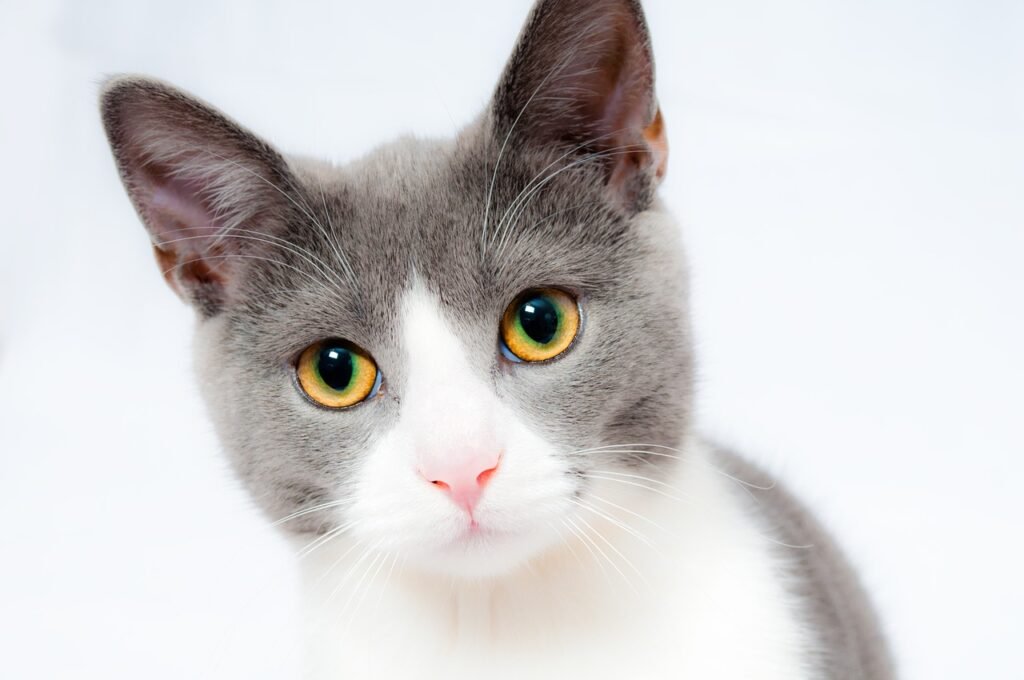
Though cats have been domesticated for over 9,000 years, their hunting instincts are well-preserved. Transitioning from a necessity to an occasional leisure activity, these predatory behaviors are now expressed in play, demonstrating the balance between their wild past and domestic present.
The Impact of Environment
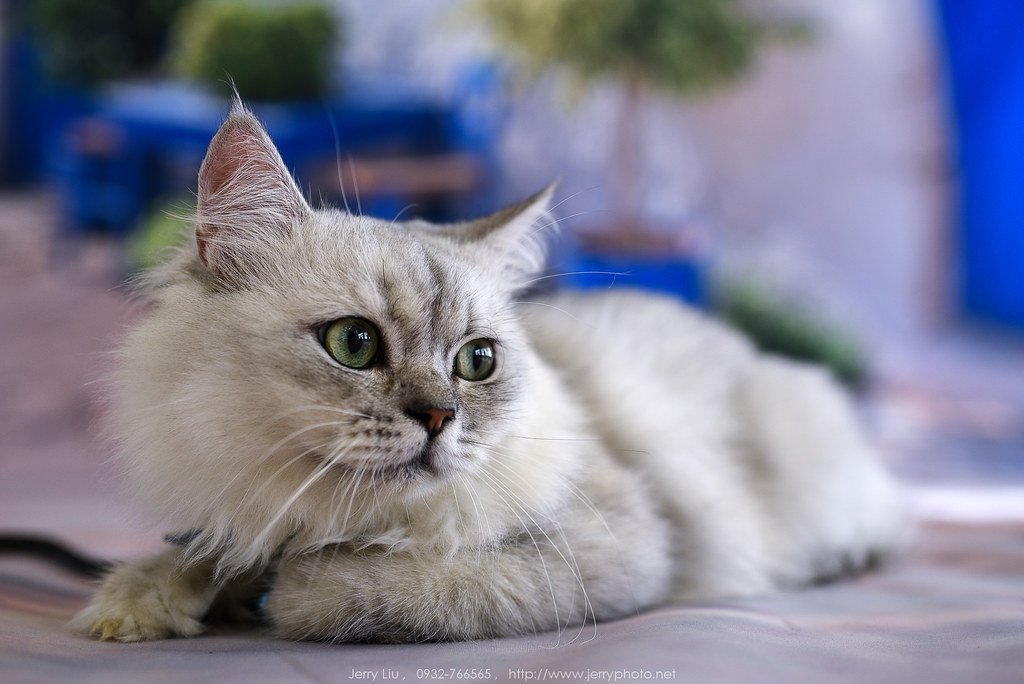
Domestic cats, whether indoor or free-roaming, adapt their hunting techniques according to their environment. Those with outdoor access may hunt rodents or birds, while indoor cats often engage in hunting-style play, reflecting their inherited instincts within safer confines.
Modern Hunting Tool: Play
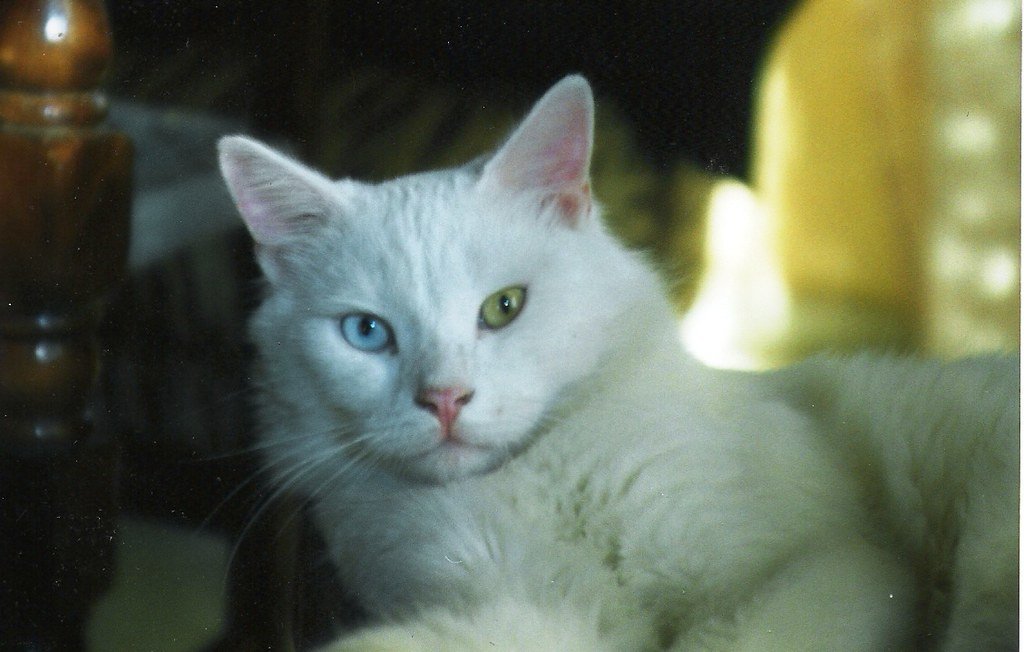
Play is an essential expression of hunting techniques where cats practice stalking, chasing, and pouncing. Toys that mimic prey can stimulate a cat’s natural hunting instincts, providing invaluable mental and physical exercise, sustaining these innate skills in a domestic setting.
Using Sound for Communication
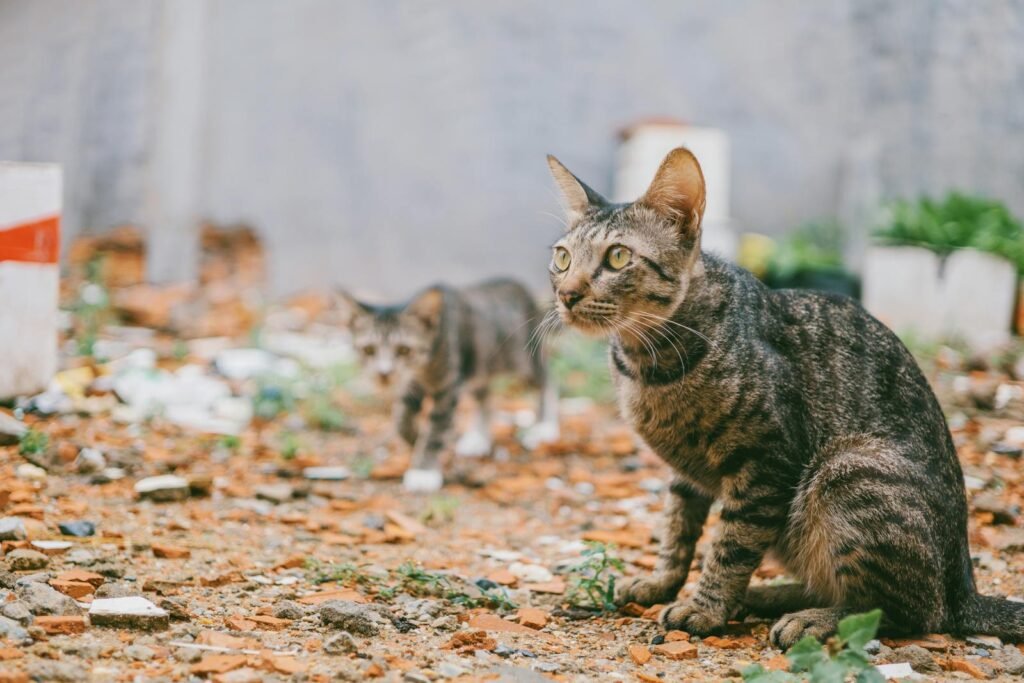
In the wild, felines often communicated through sound for mating or territorial claims. In domestic settings, cats employ diverse vocalizations to communicate with humans, reflecting their adaptability and the shift from solitary hunting to social living requirements.
Conclusion: A Journey Through Time
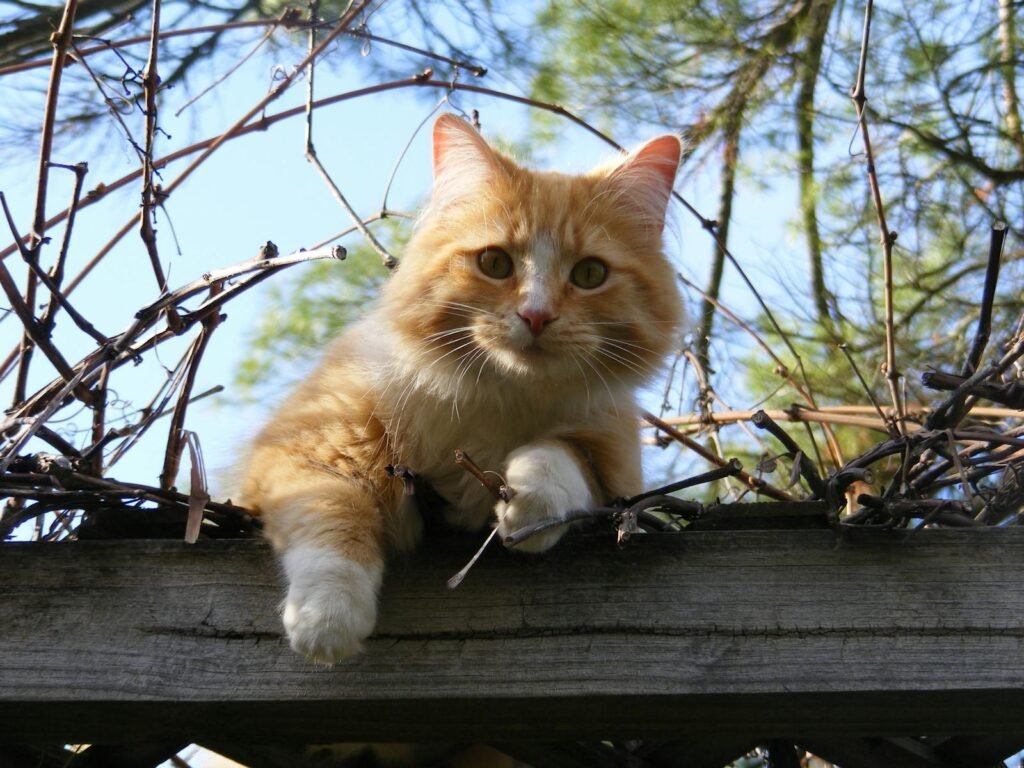
The evolution of cat hunting techniques exhibits an intriguing journey from solitary wild hunters to beloved household companions. Despite centuries of domestication, their predatory instincts linger, molded by the cozy bounds of modern living. Understanding these evolutionary traits not only offers insight into cat behavior but also enriches our appreciation of these enigmatic creatures. From stealthy stalkers to playful pets, cats continue to charm us with their age-old hunting prowess, cleverly disguised in everyday antics.
Hi, I’m Bola, a passionate writer and creative strategist with a knack for crafting compelling content that educates, inspires, and connects. Over the years, I’ve honed my skills across various writing fields, including content creation, copywriting, online course development, and video scriptwriting.
When I’m not at my desk, you’ll find me exploring new ideas, reading books, or brainstorming creative ways to solve challenges. I believe that words have the power to transform, and I’m here to help you leverage that power for success.
Thanks for stopping by, Keep coming to this website to checkout new articles form me. You’d always love it!






